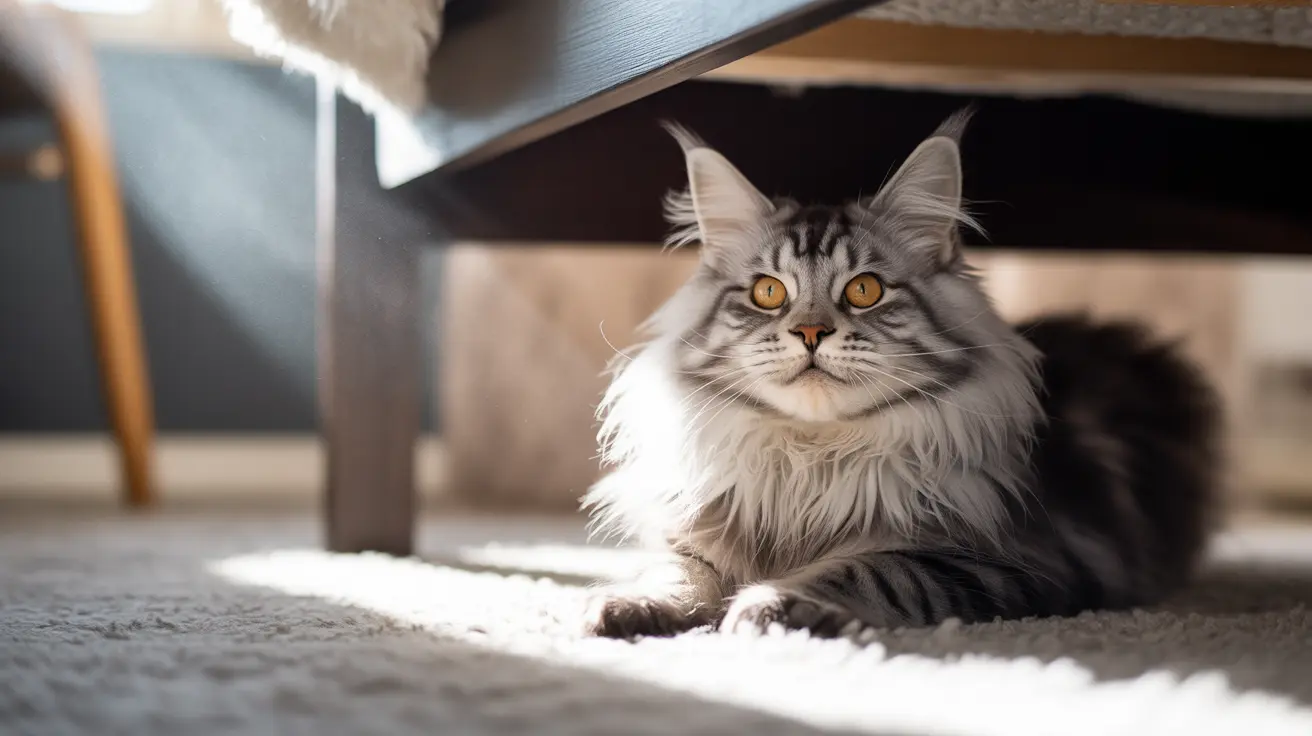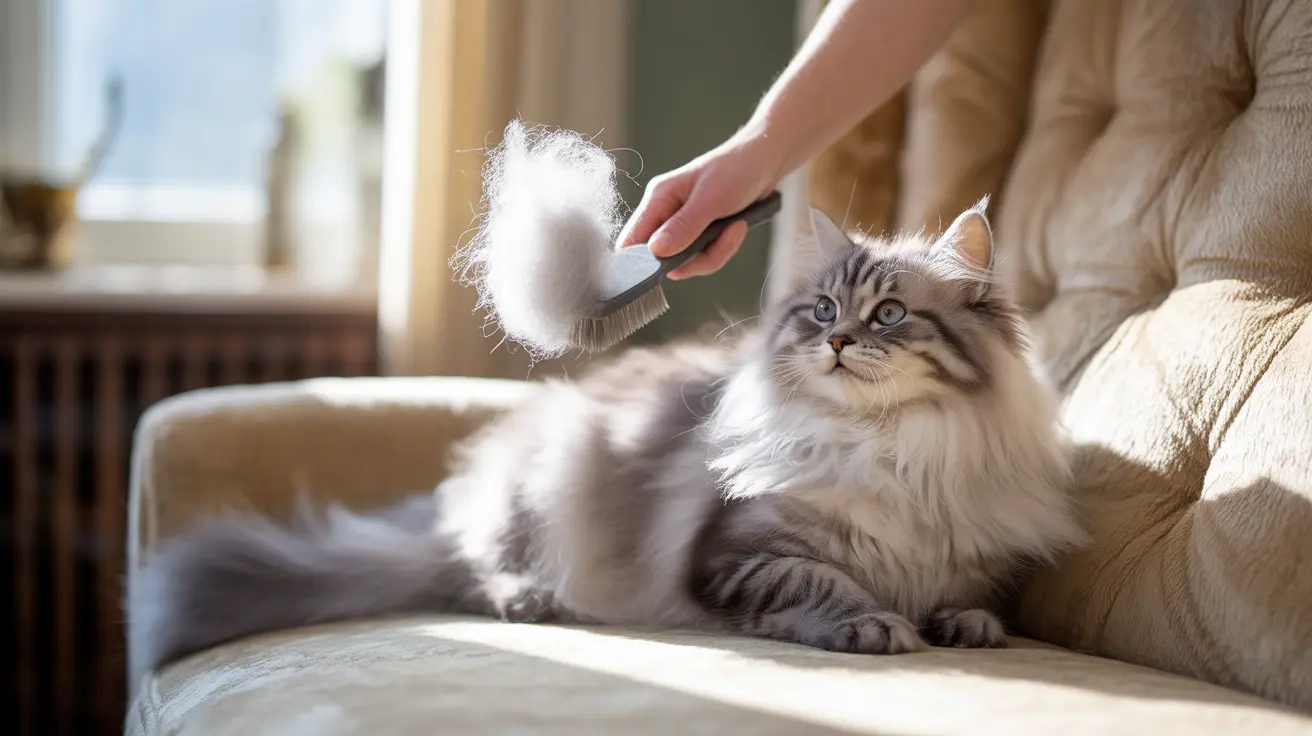How Dogs Say 'I Love You' Through Sleeping Behavior
Dogs may not use words, but they have incredibly expressive ways of communicating love and loyalty. One particularly heartwarming behavior is when dogs choose to sleep on or near their owner's head or pillow. This seemingly quirky habit reveals much about a dog’s social instincts, emotional bonds, and unique behavioral language.
Understanding Why Dogs Sleep Close to You
Sleeping positions in dogs are rarely random—they often reflect deeper instinctual or psychological motivations. Many pet owners wonder why their furry friend insists on sharing their pillow or nuzzling into their head at bedtime. Let's explore the most common reasons behind this affectionate behavior.
- Comfort and Security: Your dog may find the scent from your pillow extremely comforting. The head area is warm, soft, and richly scented, making it an attractive resting place.
- Social Bonding: Proximity during sleep is an emotional gesture. Dogs that sleep near your head are displaying strong affection and trust.
- Pack Behavior: In the wild, dogs sleep close to their pack to preserve heat and ensure safety. This instinct continues in domestic dogs who see their humans as their modern-day pack.
- Separation Anxiety: Dogs with anxiety often seek physical closeness when at rest. Sleeping on your head may be their way to avoid being apart.
- Protective Instinct: Some breeds or individual dogs are more protective, and staying close to your head gives them a strategic point to monitor your well-being.
- Temperature Regulation: During colder nights, your head or pillow offers warmth. In the heat, they may seek higher areas, like pillows, for better airflow.
- Attention Seeking: If cuddling on your head earns them pets or praise, this behavior can quickly become habitual.
- Habit and Learned Behavior: Repeated reinforcement—positive or passive—can solidify this as part of their sleep routine.
- Scent Bonding and Territorial Marking: By intermingling their scent with yours, your dog is reinforcing the owner-pet bond and softly claiming "this is ours."
- Anxiety and Fear: In unfamiliar or stressful situations, your head may be the safest place for them to find reassurance.
- Genetics and Breed Tendencies: Companion breeds are often bred for clinginess and desire to be physically close to their humans.
- Developmental Factors: Puppies, used to cuddling in a litter, may continue to sleep chest-to-chest or head-to-head into adulthood as a form of comfort.
Debunking Myths: Is It About Dominance?
Contrary to outdated beliefs, most canine behaviorists agree that a dog sleeping on their owner's head is not an attempt to dominate. Modern research points toward emotional and physical motivations—primarily the need for comfort and love.
When This Behavior Becomes an Issue
While adorable, a dog sleeping on your head isn't always ideal. Here’s when it could be problematic:
- Disrupted Sleep: If you or your dog aren’t sleeping well, a new arrangement may be needed.
- Severe Separation Anxiety: Clinging behavior related to anxiety should be addressed through training or consultation.
- Allergic Reactions: Being close to your head could provoke allergic responses or breathing issues.
- Resource Guarding: If your dog growls or snaps when moved, it suggests territorial issues that require professional attention.
How to Gently Redirect the Behavior
If you prefer your dog not to sleep on your head, there are humane ways to shift the habit:
- Create a Cozy Sleeping Spot: Place a soft bed near yours that smells like you.
- Use Positive Reinforcement: Reward your dog when they choose the designated sleeping area.
- Increase Sleeping Distance Gradually: Start by encouraging sleep next to your body, then slowly move the bed further away.
- Stay Consistent: Mixed messages can confuse your pet, so be clear in expectations.
- Avoid Negative Reinforcement: Scolding can create anxiety or distrust rather than solve the issue.
Reading Sleeping Positions: The Body Language of Love
Dogs say "I love you" in many ways beyond sleeping on your head. Each preferred sleep position offers insights into their mental state and affection level.
- Side Sleeper: Relaxed, safe, and content.
- Donut Curl: Seeking warmth and a bit of security.
- Superman Pose: Energetic, playful, and ready for action.
- Belly Up: Complete trust; this vulnerable pose shows they feel safe at home.
- Sphinx Pose: Alert but relaxed—a sign they feel secure yet remain mindful of their environment.
- Cuddle Bug: A sleeping style against humans or animals that shows deep affection.
- The Burrower: Tunneling into blankets or pillows for added comfort and a sense of safety.
- Head and Neck Raised: Often for medical comfort (e.g., easier breathing), this position can also represent relaxed think-time.
Conclusion
So, how do dogs say "I love you"? For many, it's through a little paw curled on your pillow, a furry nose nuzzled near your ear, or an entire body draped across your head. Far from signs of dominance or misbehavior, these gestures reflect deep emotional attachment, trust, and a fundamental need to feel close. If the behavior becomes problematic, gentle, consistent guidance can help maintain a loving and restful balance for both you and your loyal pup.





